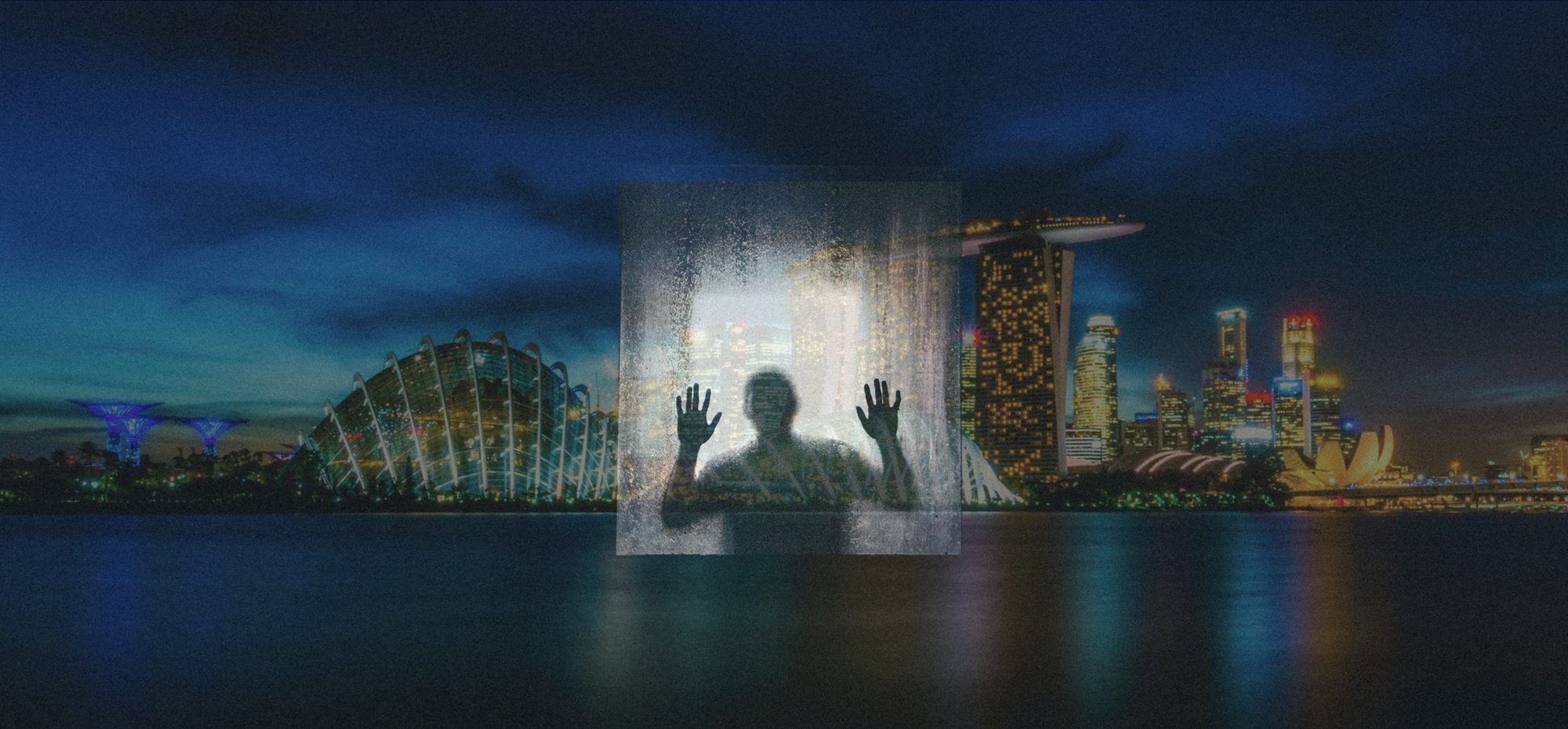
by Atty. Ira Paulo Pozon
Traveling today is an experience fraught with novel challenges. Everything is suddenly strange: finding a fare among the already scarce options, securing all the documents, purchasing insurance, and pre-arrival registrations and payments, all have been made new by the pandemic.
I recently travelled to Singapore to attend the second half of the Lee Kuan Yew School of Public Policy’s Senior Fellows Program.
I spent a total of 31 days in quarantine. That is equivalent to a full month, or 8.5% of a whole year, or two annual full-term vacation leaves taken consecutively. Here I detail my experiences.
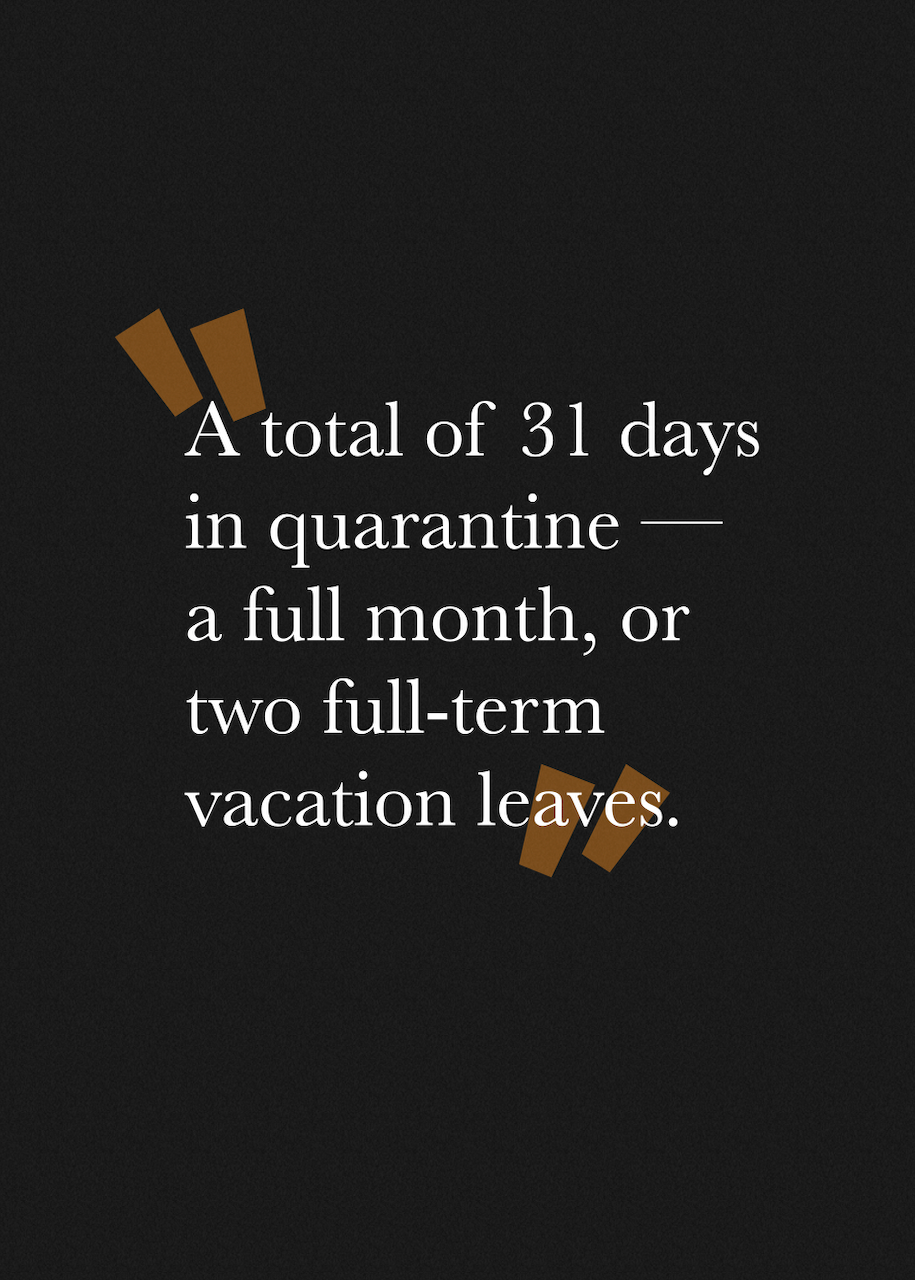
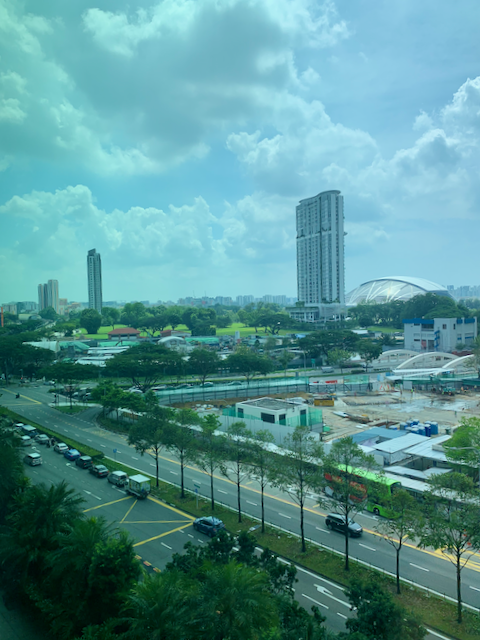
Quarantine No. 1 – Stay at Home Notice – 14 days
The first quarantine was the Singapore-mandated Stay at Home Notice (SHN) for all incoming passengers. It lasted for a full 14 days, with a swab test on the 12th day. The selection of hotel was randomized, and everything was prepaid online. And it cost 1,625 SGD, roughly PhP 60,000 (paid for by the University of Singapore).
To make sure the process is as contactless as possible, your documents have large quick response (QR) codes, scannable even from a distance.
Upon arrival in the island city-state, you go through the normal process, going through immigration and picking up luggage. Prior to the final customs check, passengers are diverted to two new stations: the prepaid RT-PCR swab test and the allocation and transportation to the ‘Stay at Home’ hotel.
The swab station was as contactless as humanly possible. I was asked to show the QR code and the personal details page of my passport, which is double checked with what they have in their system. I was then escorted into a swab booth, briefed and interviewed, (“Have you had any head injuries?” “Do you suffer from nosebleeds often?”). The swab test was quick and painless. That was my second swab test (out of five) for this trip.
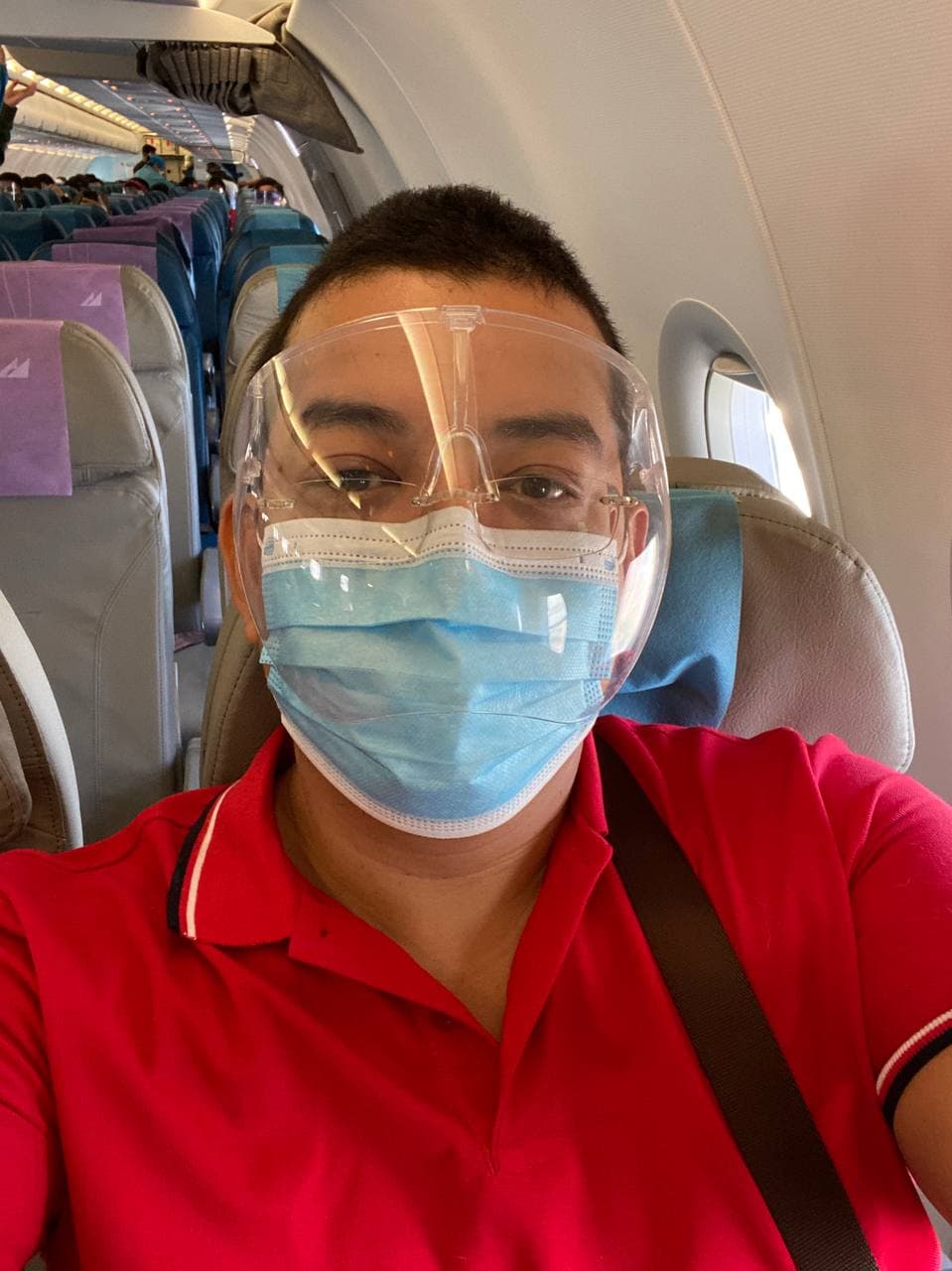
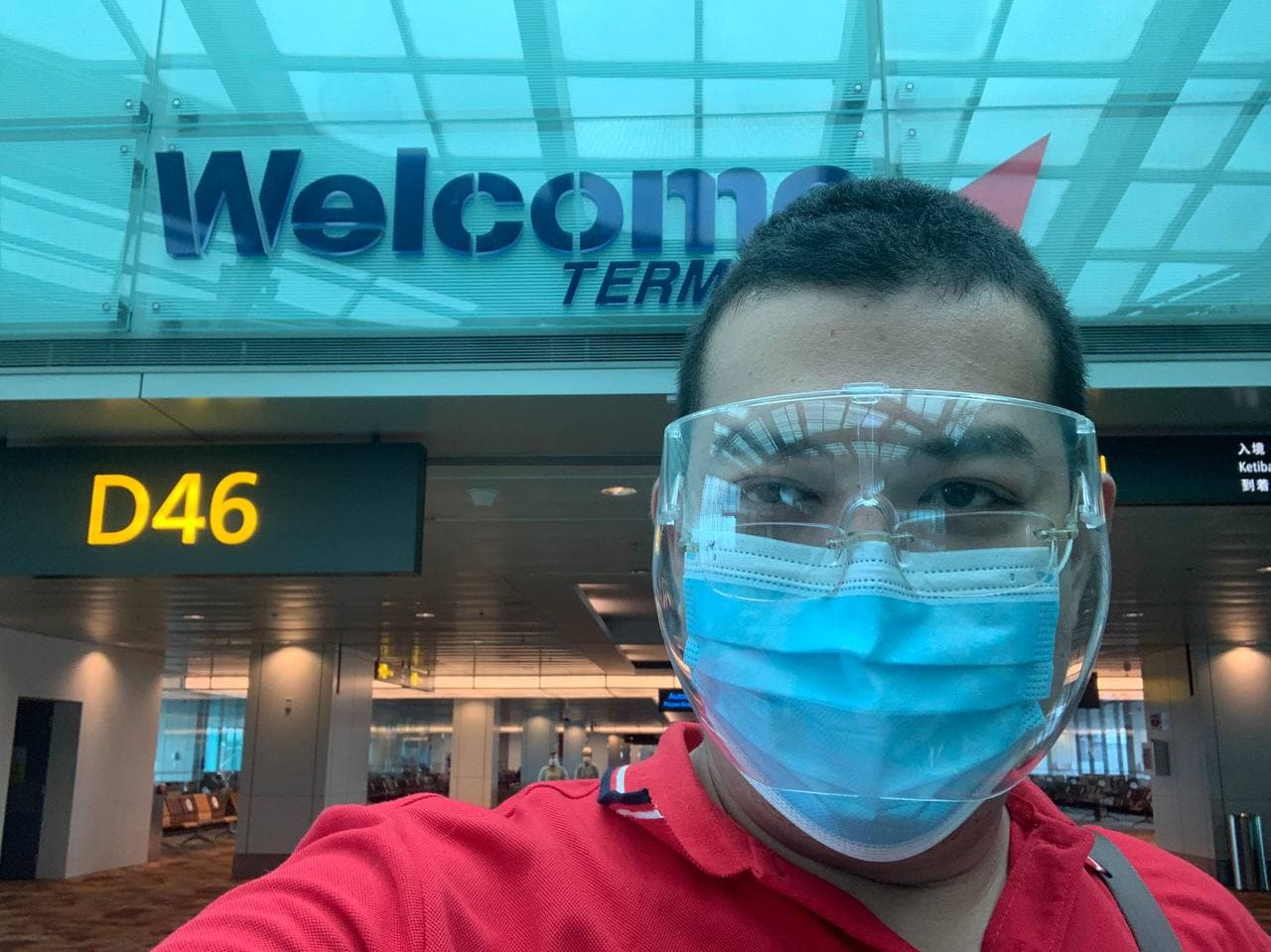
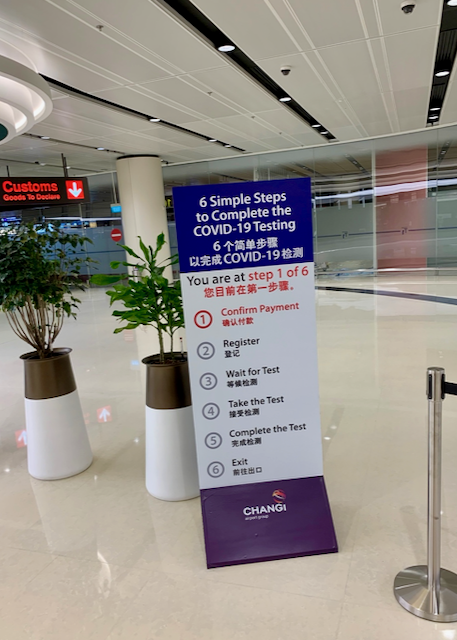
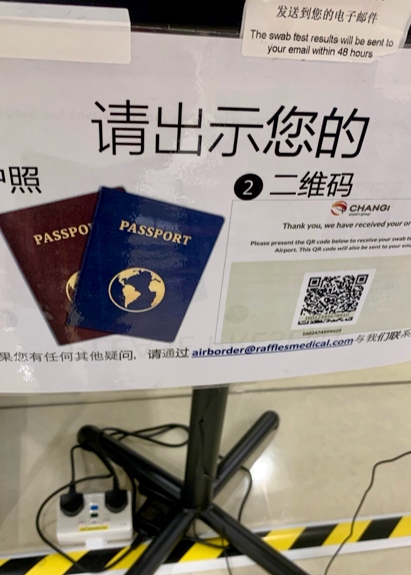
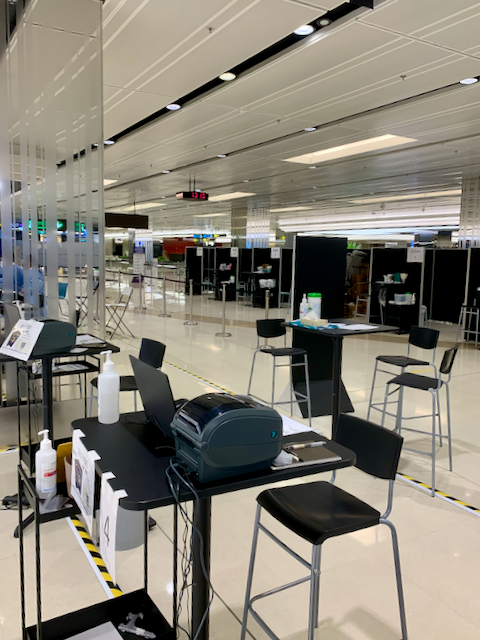
After I had the test, I noticed a second row of cubicles that wasn't being used. I peeped into them, and found out they were rooms for a COVID-19 test using a breathalyzer. I was amazed at Singaporean readiness. I asked my lecturers and speakers about it, and they explained that the COVID-19 breathalyzer technology was already undergoing testing with volunteers and identified personnel.
The breathalyzers use a sensor chip that identifies the molecular fingerprint of certain volatile organic compounds that would be present in the breath of persons infected by COVID-19. The process, mostly self-administered, is so a finding is gotten with minimal interaction. According to the manufacturer, the breathalyzer test, which takes but minutes, has sensitivity of over 95%.
Singaporean authorities estimate roll-out in key ports and testing centers by midyear 2021.
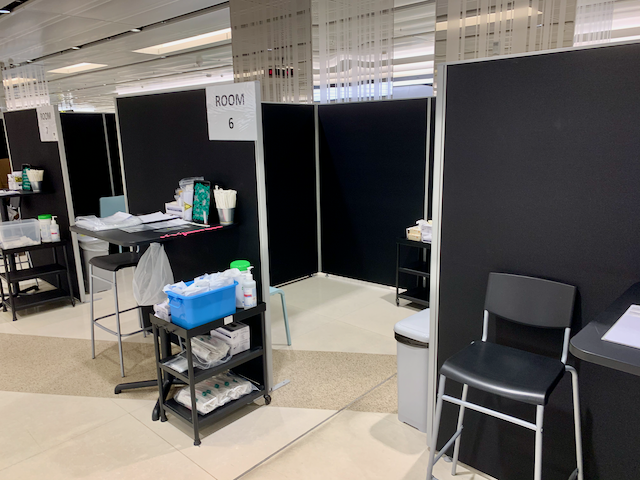

The Efficiency that is Singapore
I was then escorted to the transportation assigned to take me where I was to serve the 14-day quarantine. The staff at the airport are intentionally not informed which hotel I was assigned to, only that I was to be escorted to a certain numbered bus outside of the terminal. It was the bus driver who told me where I was going to be billeted: the V Hotel in Lavender.
All in all, the entire process — from disembarkation to walking out of the airport — took less than half an hour, an impressive speed considering the additional steps in the process.
Arriving at the SHN Hotel, check-in was quick and performed at a decent distance.
I was escorted to the room that would be my modern-day oubliette, my dungeon for the next two weeks. The room was quite comfortable, and I noted that the location would be perfect for future travels as the hotel is near the Lavender MRT station. While comfortable, it is like a dungeon because I have no control over the single entry and exit point of the room.
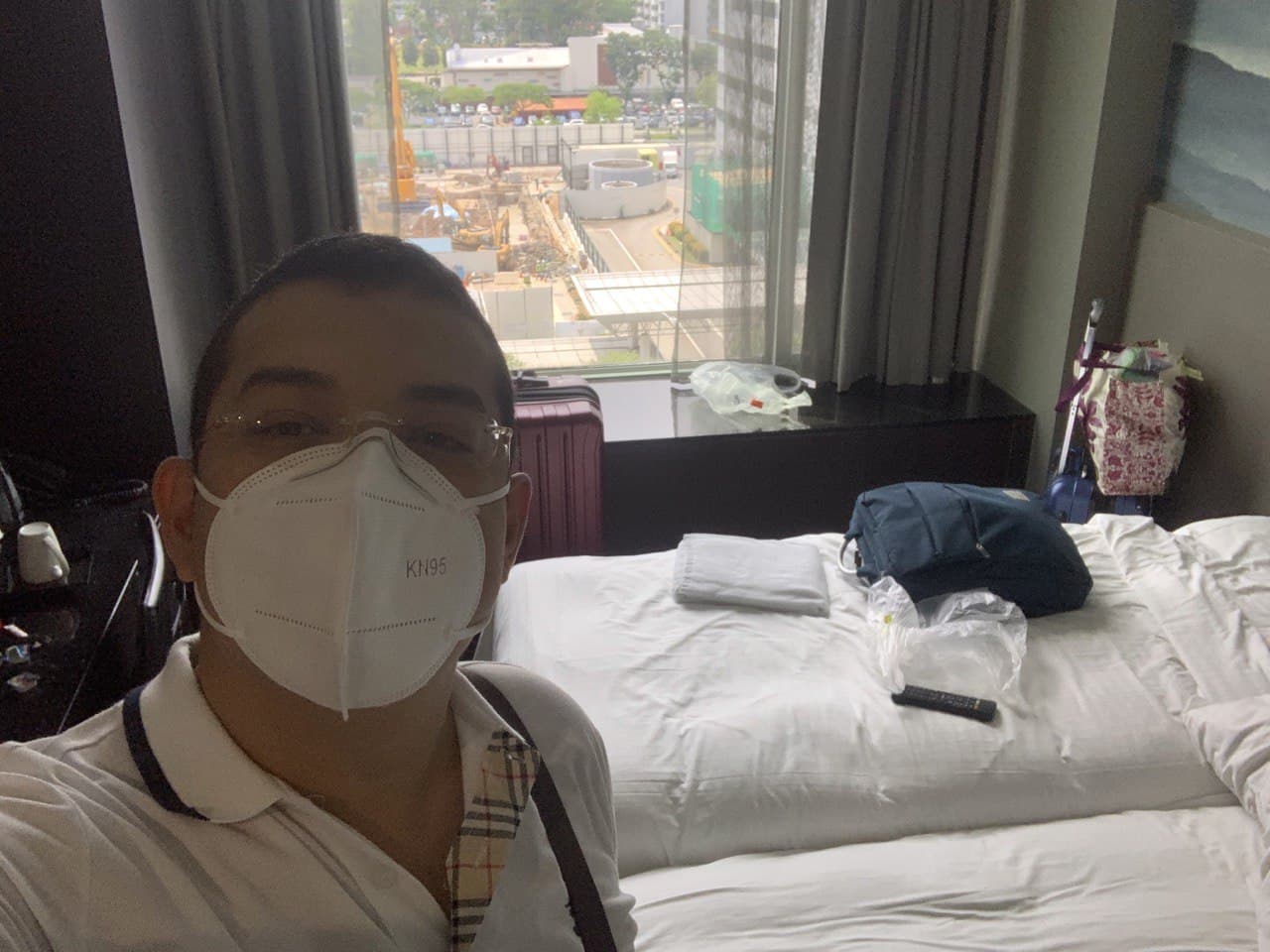
Being escorted to the room was my last in-person interaction with another human being for the duration of the quarantine. Steps were taken to ensure minimal exposure, such as leaving food and other items on a stool outside the door, and a fixed schedule for leaving towels and sheets, among others.
It was then that I discovered Clubhouse, that new audio-based social media platform. It connected me to others and definitely helped me survive those days in isolation.
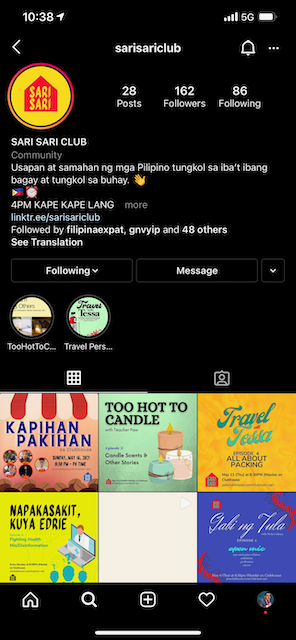
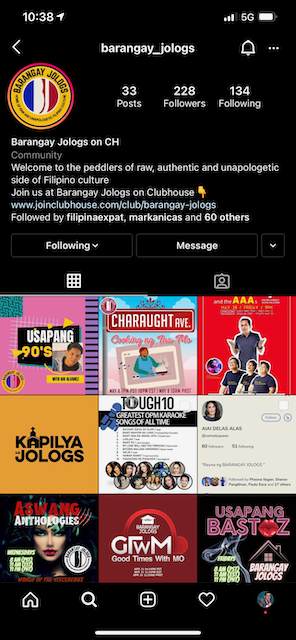
I met awesome people, joined great clubs like Sari Sari and Baranggay Jologs, and I was even invited to host rooms discussing legal issues of the day. I’ve made many new friends and connections, chatted with old friends on Clubhouse.
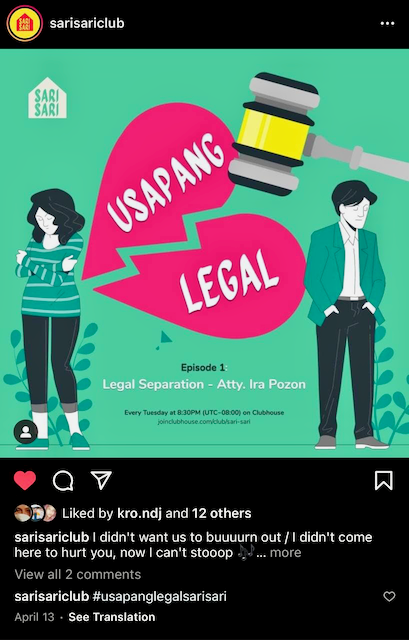
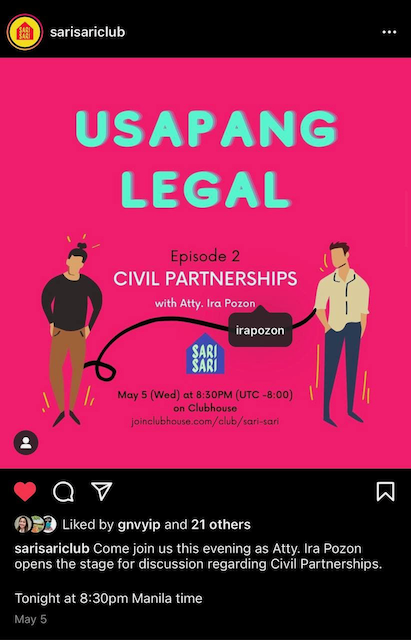
The Strictness of Singapore
I expected more stringent measures to make sure that I complied with the quarantine, that I would not escape. Apparently they were unnecessary. The solution was ingenious in its simplicity: they just didn’t give me the key to the room. I couldn’t even roam the hallway as I would be locked out.
But if I really wanted to violate the quarantine, there are steep consequences. Under the Infectious Disease Act of Singapore, violating quarantine is punishable by a fine between SGD 10,000 to SGD 20,000 (approx. PhP 360,000 to PhP 722,000), and/or imprisonment from six months to one year, and immediate cancellation of student or work visas and potential blacklisting for future visits.
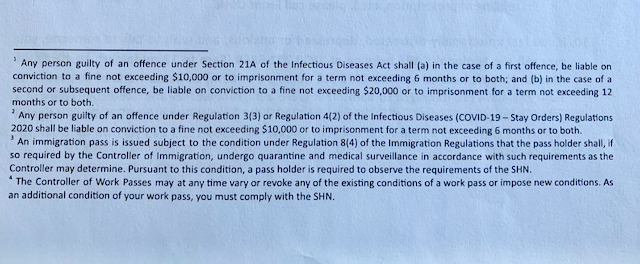
The costs of the SHN covered all meals; the cuisine you selected upon check-in, one that cannot be changed once chosen. “Touch-move”. It appears that this is not the case in all SHN hotels; some colleagues housed elsewhere were able to order their meal preferences daily.
The meals were substantial. They included meats, vegetables, fruits, dessert, and juice boxes, wrapped in a single plastic bag. I was never hungry, though once or twice, I did order through Grabfood, which is allowed only as long as it is paid online. The rider then delivers to the lobby, and the hotel staff, in turn, places it on the stool outside my door.
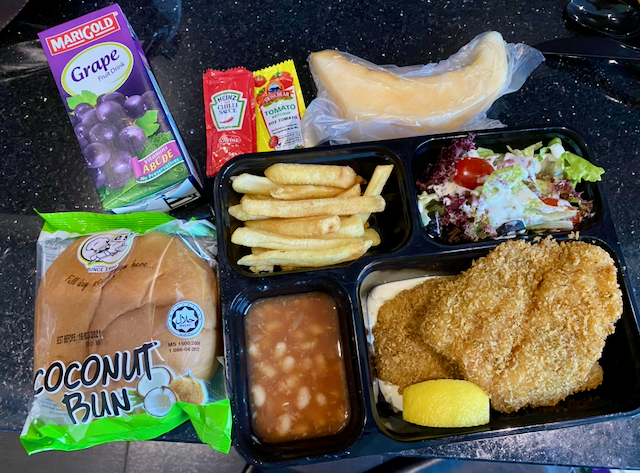
I tried to avoid sugary drinks, so I ended up with quite a collection of tetra boxes of juices which I took with me, to the delight of my niece whom I visited, and later stayed with.
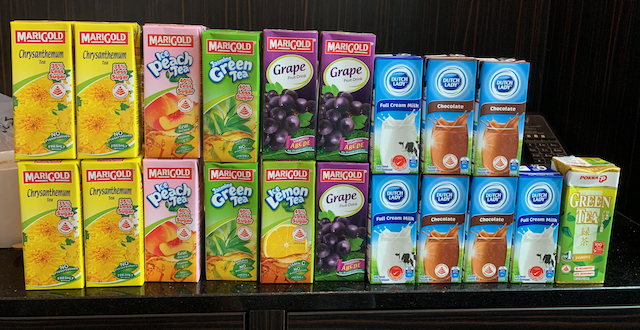
And then you are alone
Because I am an extrovert, I confess that it was not easy. Human contact is important. Interaction with locals was limited to the daily calls of the hotel personnel asking how I was feeling. There were times I would stare out the window, the only window, and watch people going about their day.
(FADE IN SOUNDTRACK Ariel’s “Part of Your World”: “Up where they walk, up where they run, up where they stay all day in the sun, wanderin’ free, wish I could be part of that world.”)
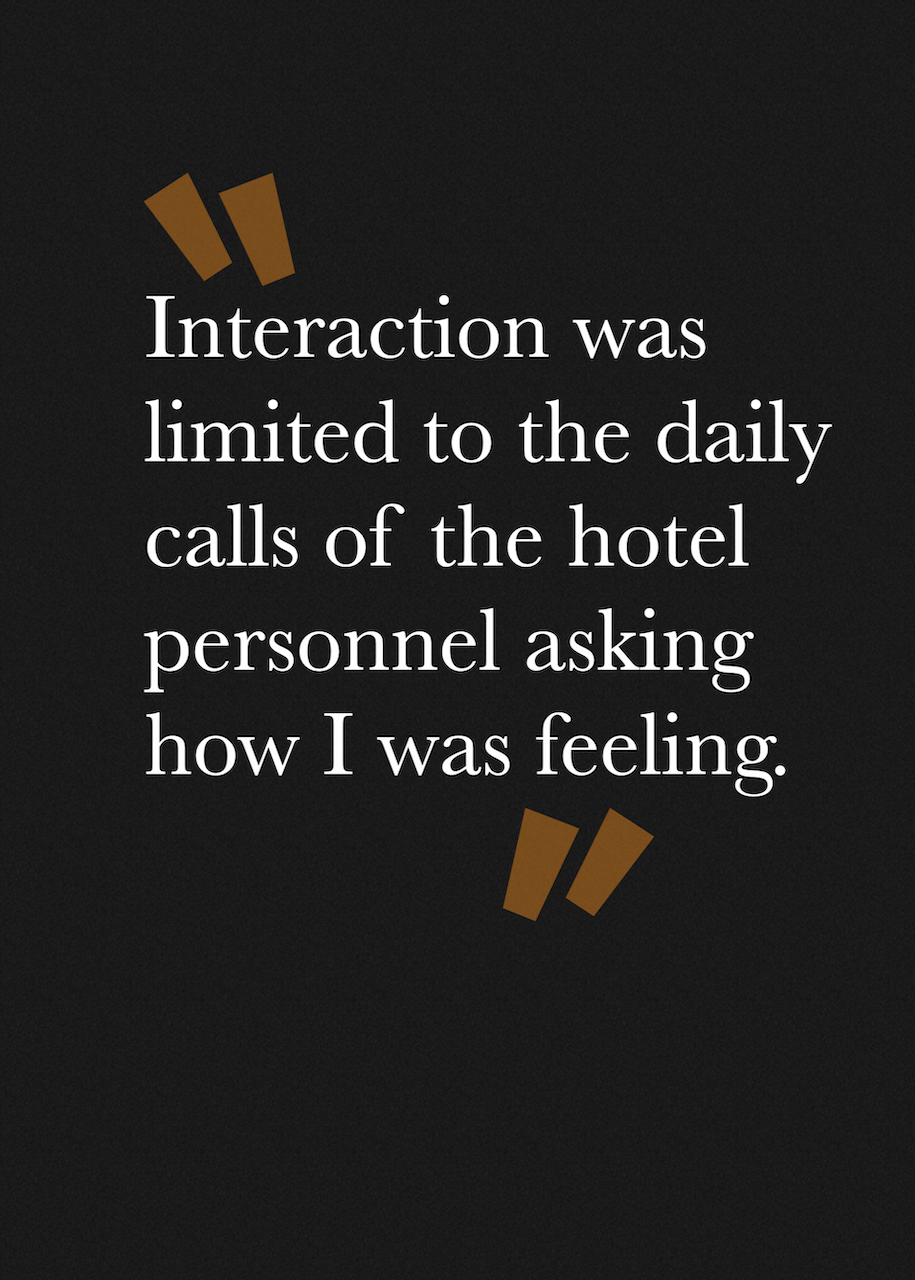
The first days were easy enough, since I needed time to recover from the exhaustion of pandemic traveling, and to get used to the new surroundings.
It is at the half-point mark when the anguish began.
Days simply seemed longer, (it didn’t help that they were really longer, since, during that time, sunset in Singapore was around 7:30 p.m.)
After my swab test on the 12th day, every hour and every minute seemed to move at a sloth’s pace. My cousin’s Disney+ account was more than helpful.
On day 13, I was informed that my swab test results were negative, and that I could check out, and be injected into the community the following day. Those who know me would probably say they’ve never seen me move as fast as I did when they called to say I could leave.
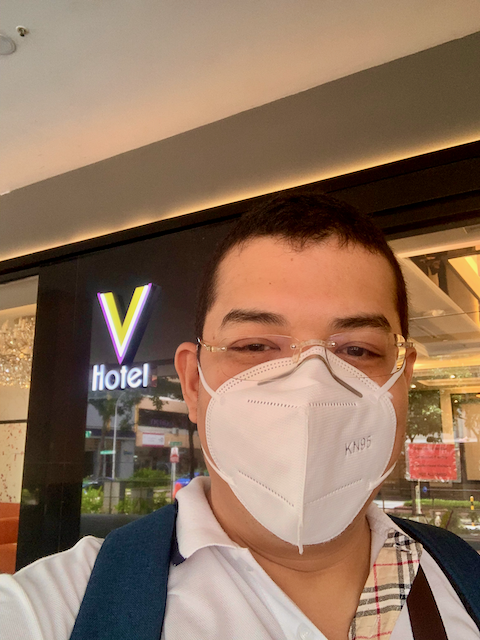
Checking out was quick and painless. When I passed through those hotel doors, the smell of fresh air was simply intoxicating. I had endured 14 days in an enclosed space with floor-to-ceiling windows that could not be opened. It was good to enjoy direct sunlight and open air.
Quarantine No. 2 – Quarantine Order: 10 days – Fee shouldered by Ministry of Health
An unexpected shock
A few days after completing the program with the Lee Kuan Yew School of Public Policy, I received a call from Singapore’s Ministry of Health. They told me that one of my colleagues tested positive from COVID-19 upon reaching home, and investigations began to determine my exposure.
I had my doubts as to the accuracy of my colleague’s test results. While we had been in close proximity for days, we all went through a quarantine upon arrival, and we all passed our swab tests. We maintained strict distancing and we always wore masks. At the time, Singapore’s community cases were less than those you could count with one hand, with many days having zero community cases.
What impressed me most was the accuracy of the contact tracing. The investigators could name the places we visited, the names of the restaurants, and the length of time we were in close proximity.
Given the purported exposure to a positive Covid-19 carrier, I was ordered quarantined for ten days. Though this time, it was stricter. As a Person Under Quarantine (PUQ), I was issued a Quarantine Order, I was personally picked up, and given a thermometer and an electronic tag bracelet.
The contact tracers could name the places we visited, the names of the restaurants, and the length of time we were in close proximity. This is First World technology.
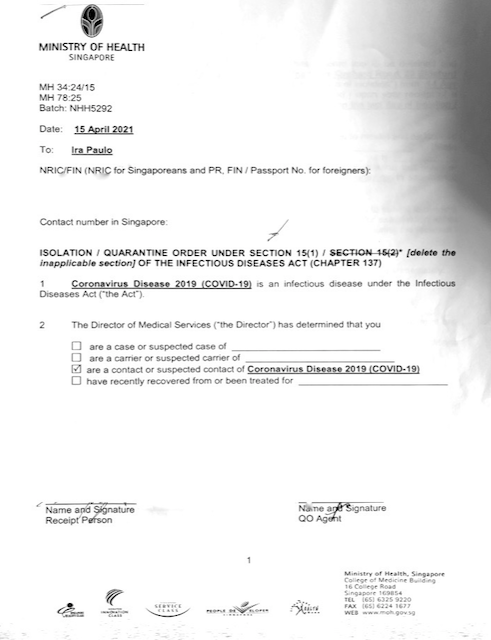
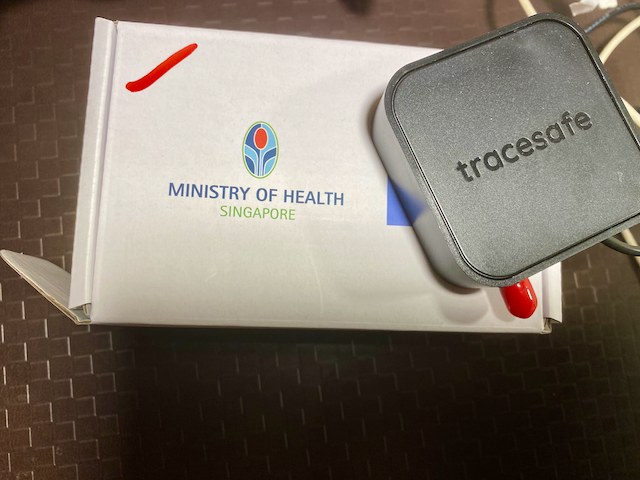
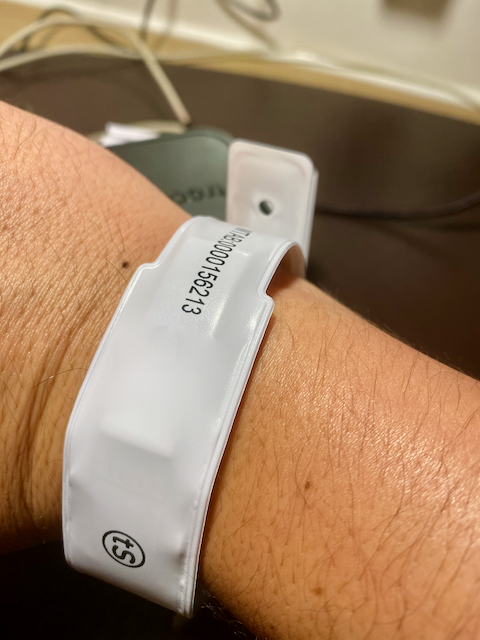
Many aspects made this quarantine different. It was very strict, and the policies and procedures reflected that. I was to place laundry into two plastic bags, the outer bag is a larger common bag, while the inner one is a water-soluble bag. Exposure of their laundry staff would be minimized as they would not be directly handling the clothes of a Person Under Quarantine.
Concern for mental health
My things were searched. Liquor, tobacco, and any sharp objects are considered contraband. Why sharp objects? As precaution against self-harm.
Compared to the SHN, this quarantine involved more stringent monitoring. I got calls three times a day as the Ministry of Health asked for my body temperature, as well as some video calls to ascertain my presence in the room. Sometimes the callers asked how I was doing, and gave words of encouragement. I learned that Singapore is very mindful of the effects the quarantine and the pandemic in general have on mental health.
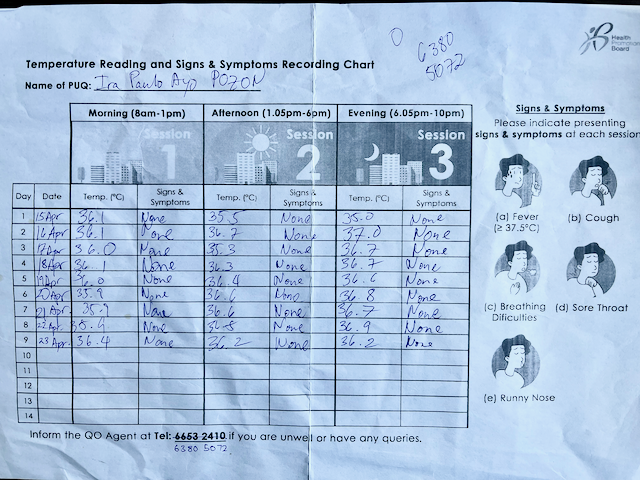
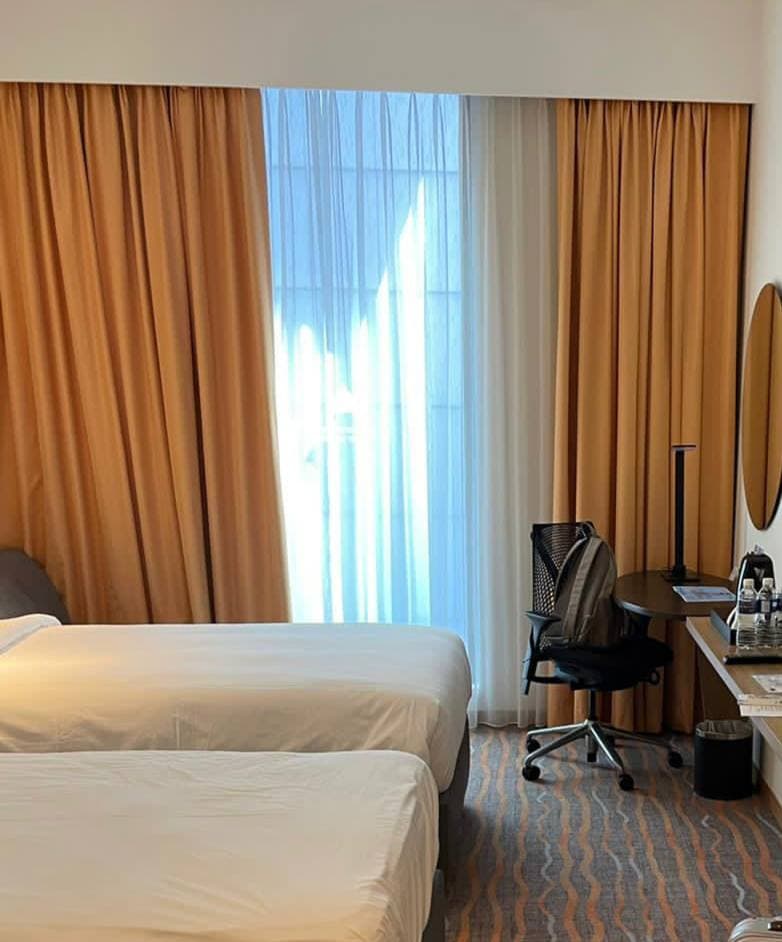
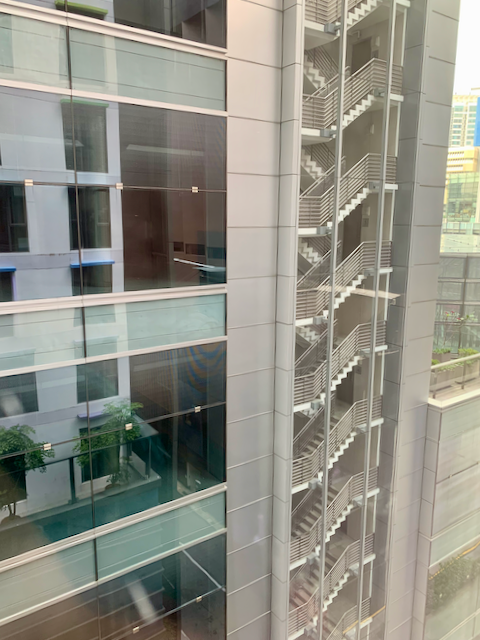
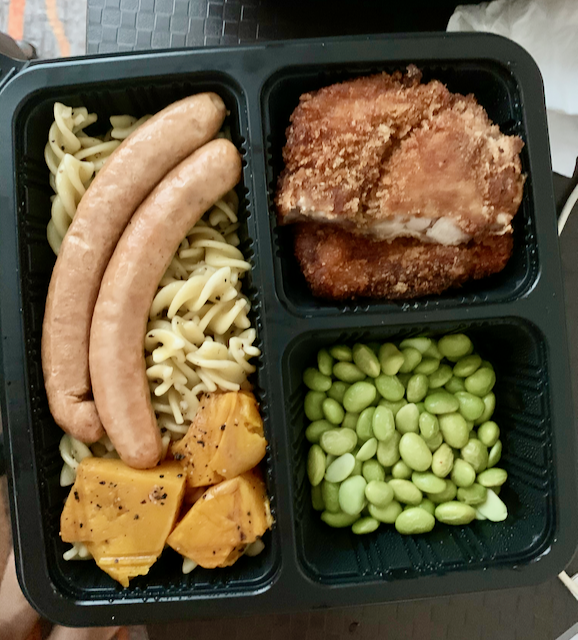
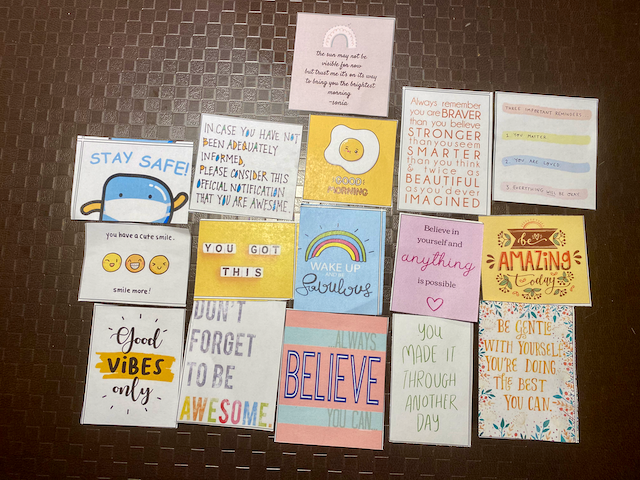
After yet another swab test, I was again discharged and released into the community, with another bag full of juice boxes for my niece. This swab test was unlike any other I have had before. I never usually tear up, but this one got the waterworks going! My previous swab tests were uncomfortable for three seconds or so, this one dug deeper into my nasal cavities and stayed significantly longer. I tell people that the swab came in and went shopping.
The swab came in and went shopping.
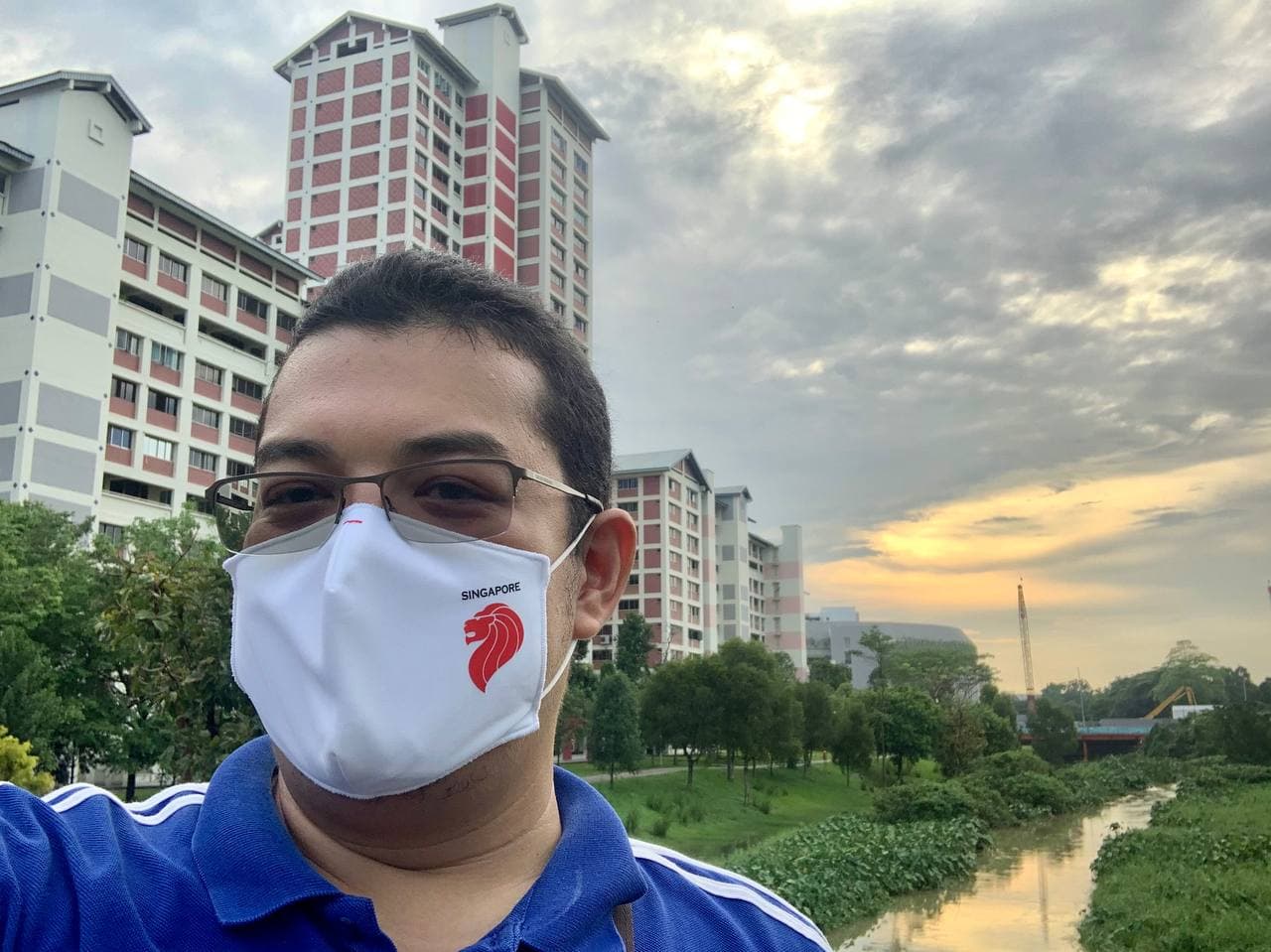
Quarantine No. 3 – 7 days, Ascott BGC
My final quarantine was upon arrival in the Philippines. I am happy to note that the room reservation and swab test scheduling and payments were all conducted online. After the disinfection of my bags, the checking in was completely contactless as I was escorted directly to my assigned room, where the check-in documents were waiting for me to fill up. Payment for the room was done after I checked out.
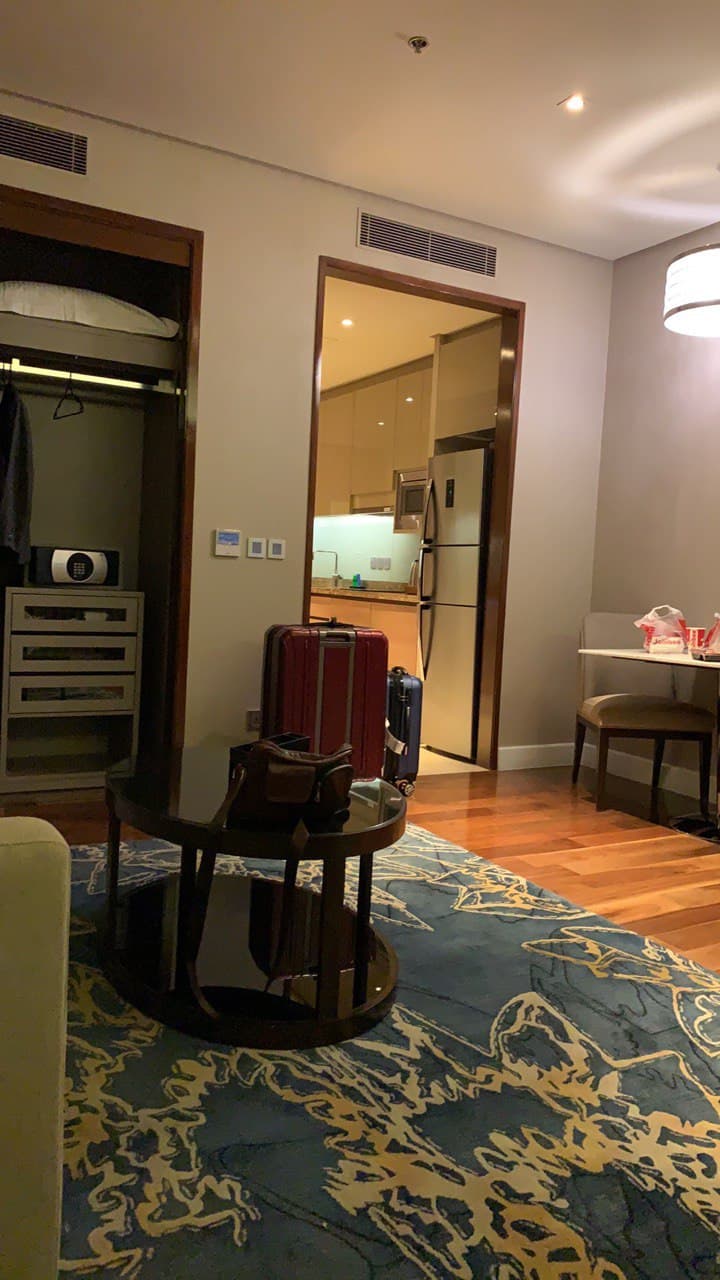
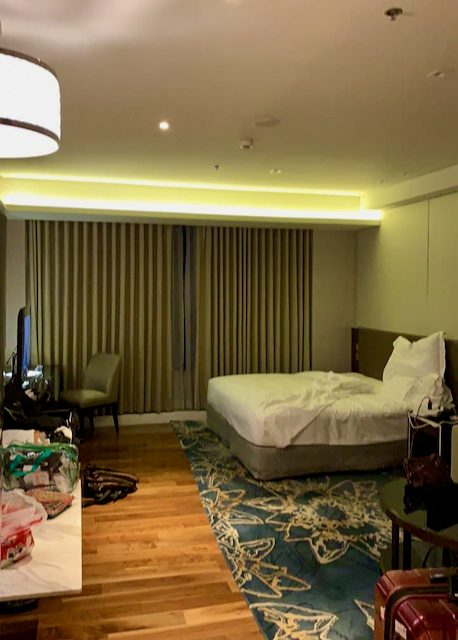
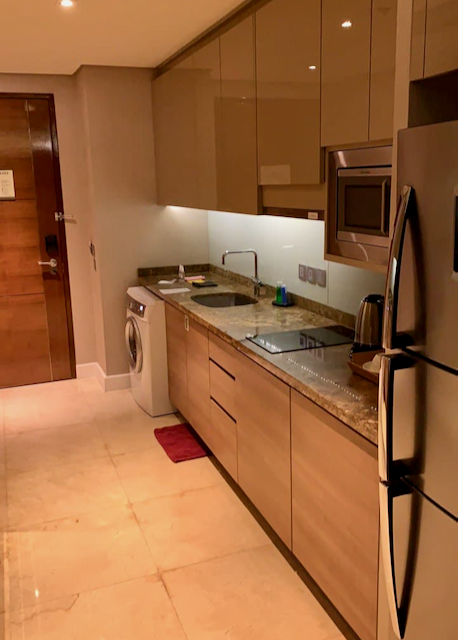
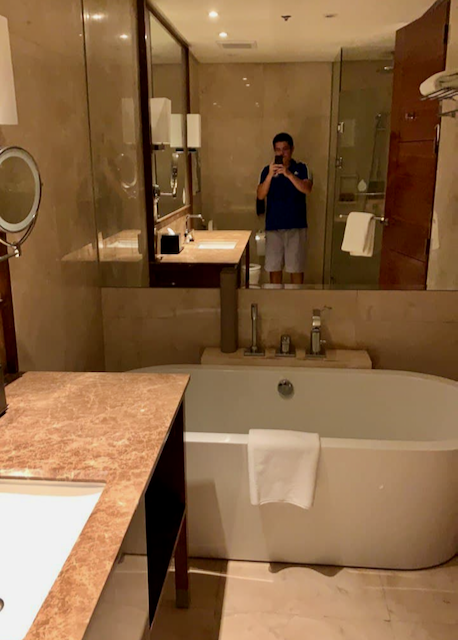
After my many days in isolation, you can understand why I opted for a larger and better room for the final quarantine. I was not disappointed with the Ascott. I was able to launder all of my clothes from the trip, and enjoyed many an hour in the bathtub.
The meals were the best I have had in my many, many days of quarantine and isolation. It does help that they were prepared in-house by the Ascott.
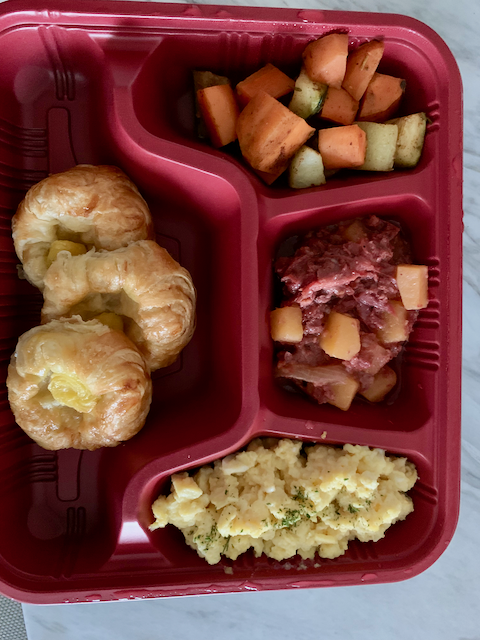
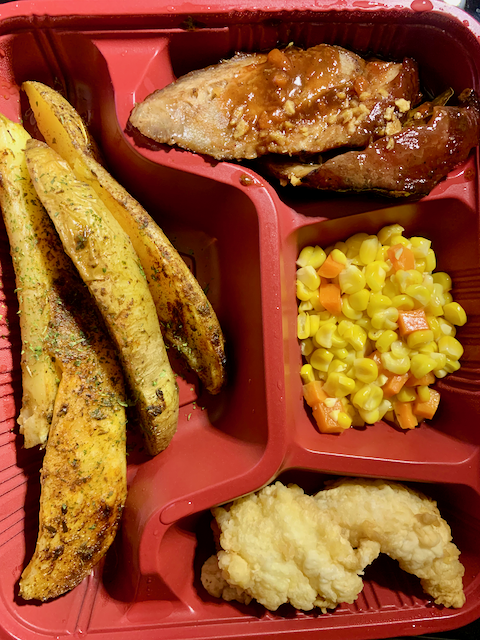
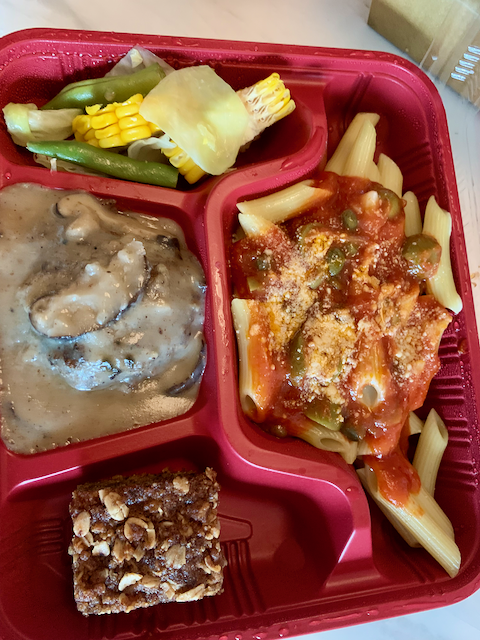
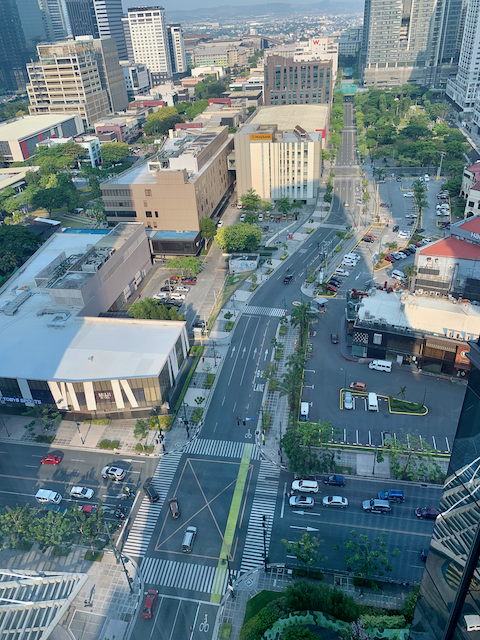
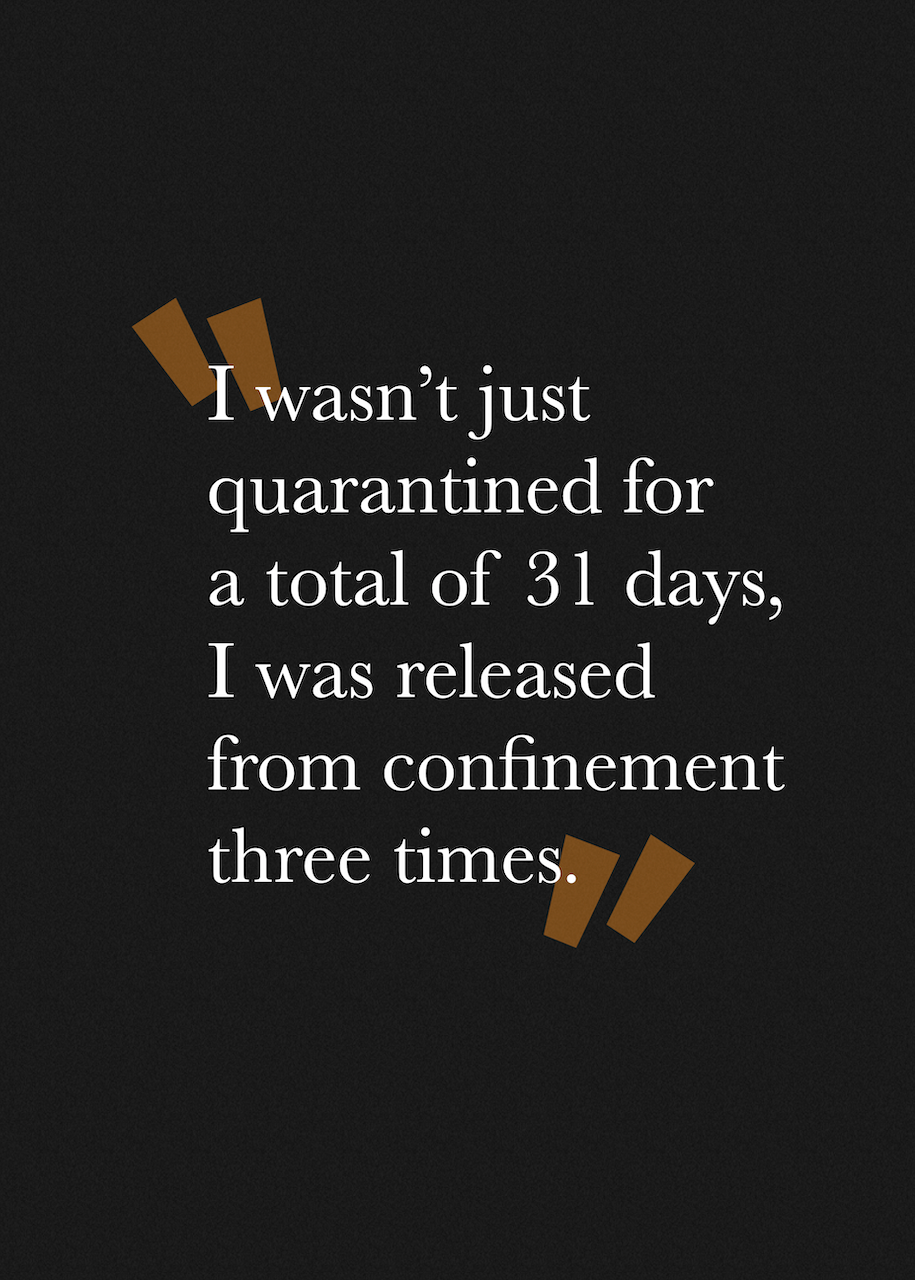
All in all, an exhausting but insightful experience.
I learned by reading about pandemic policies, and by simply keeping my eyes peeled. But more insightful was how I reacted to the experience.
While it is easier to survive confinement in plush surroundings, it is still prison. It is the deprivation of freedom, the restriction of movement, that hit hard. I wasn’t just quarantined for a total of 31 days, I was released from confinement three times, and I can tell the reader that, most definitely, freedom is delicious.
Author narrates his adventure in a podcast.
If you liked what you just read and want more of Our Brew, subscribe to get notified. Just enter your email below.

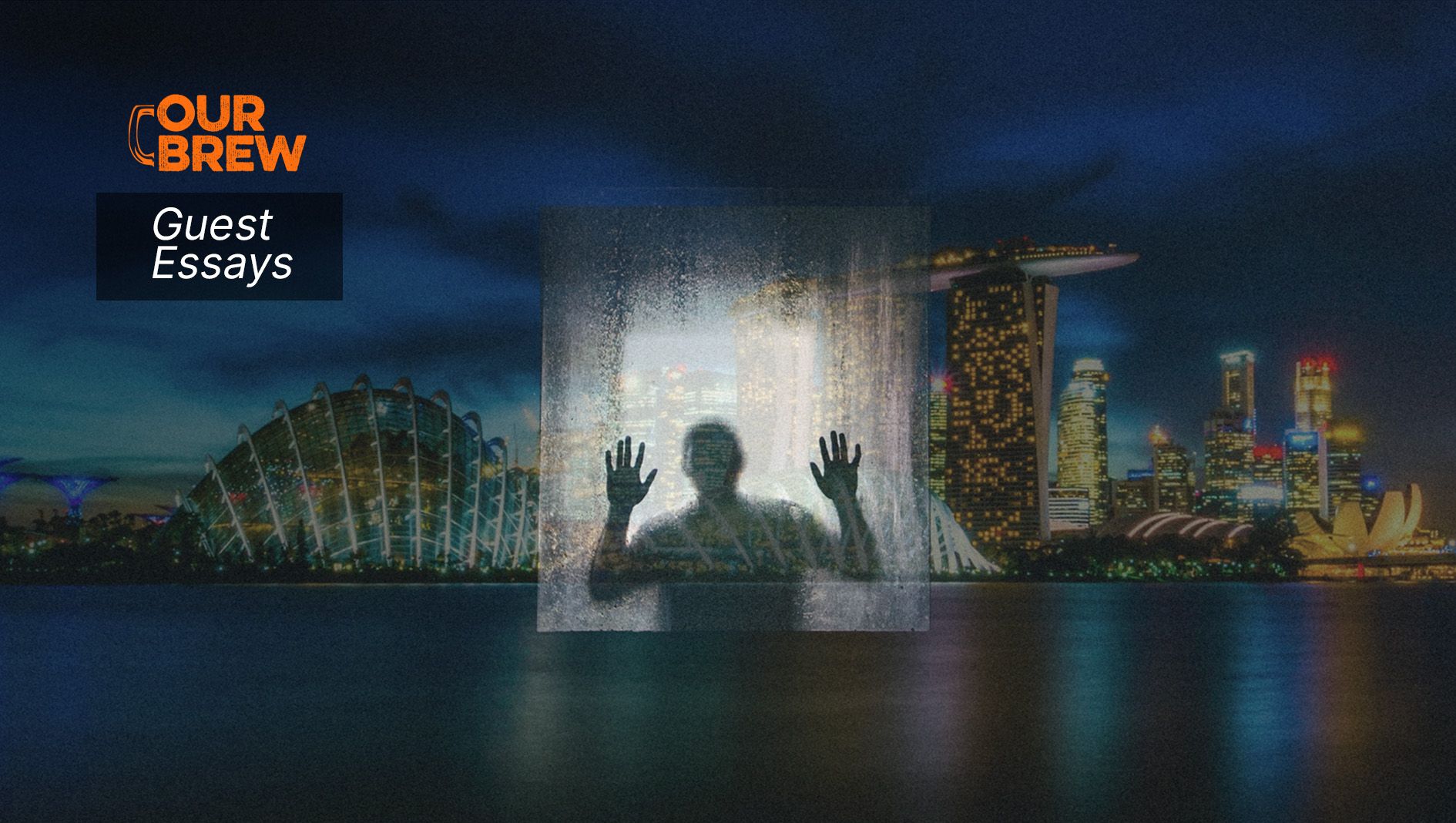
Related Posts
Did The Voters Really Change Their Minds in a Matter of Days?
May 28, 2025
Ang Maraming Anyo ni Nora
Apr 23, 2025
Recollections of my Dad Working with Nora Aunor on Superstar
Apr 22, 2025